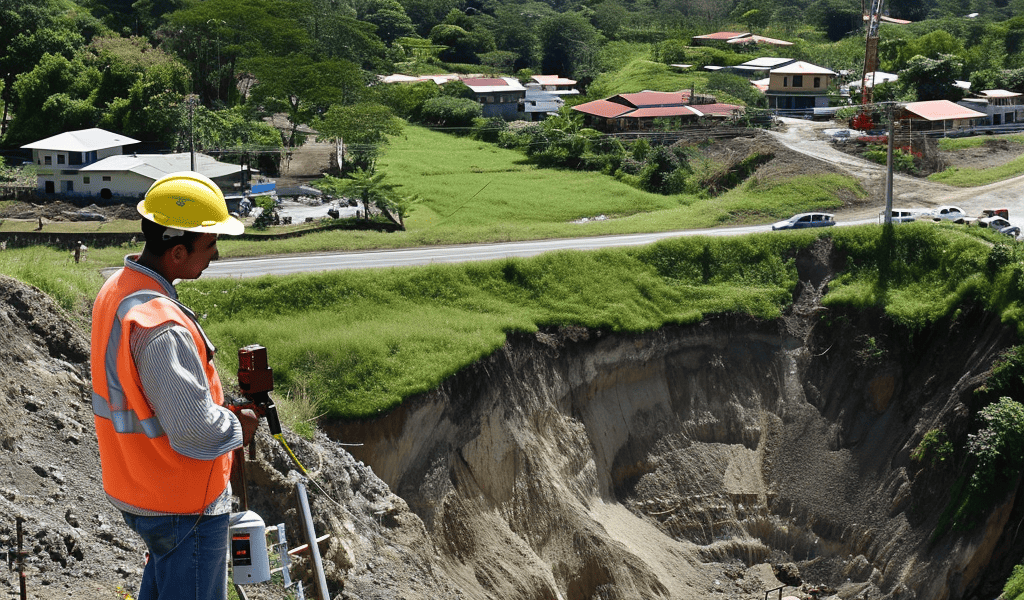Costa Rica’s Seismic Faults Show Increased Activity in Response to Distant Earthquakes, Study Finds
A new study has revealed that Costa Rica’s seismic faults experienced increased activity in response to distant earthquakes, shedding light on the country’s complex geology. The research, presented at AGU’s Annual Meeting 2023, indicates that weak fault zones in Costa Rica can be dynamically triggered by major seismic events occurring far away.
The findings, based on data collected from a network of seismometers installed throughout the country, suggest that the phenomenon of dynamic triggering, commonly observed in geothermal and volcanic regions, also occurs within continental faults. This discovery challenges previous assumptions about the behavior of seismic faults and highlights the need for further research in this area.
Costa Rica, situated between two oceans and multiple tectonic plates, is no stranger to seismic activity. The country experiences frequent tremors and occasional devastating earthquakes, making it crucial to understand the behavior of its fault systems. The study’s authors, including Seismologist Esteban Chaves and undergraduate student Sonia Hajaji, emphasize the importance of monitoring and studying these fault zones to better assess and mitigate earthquake risks in the region.
The research builds on previous debates within the scientific community about the potential for seismic waves from major earthquakes to influence distant fault lines. The study’s findings contribute to a growing body of evidence supporting the concept of dynamic triggering, with implications for earthquake research and hazard assessment globally.





